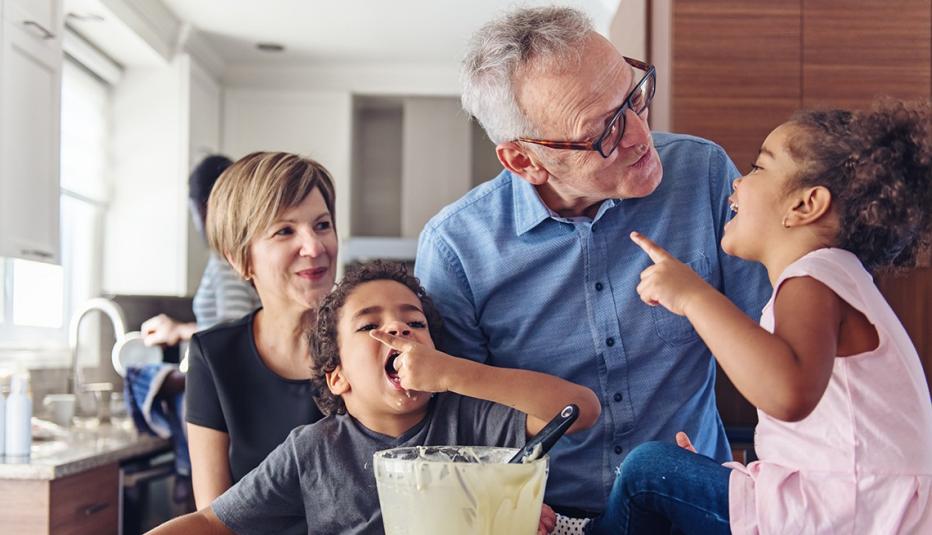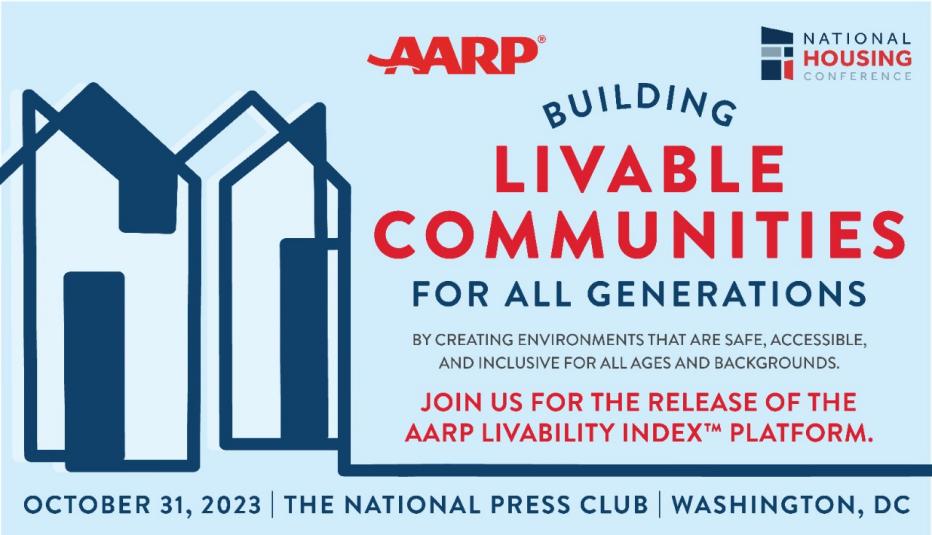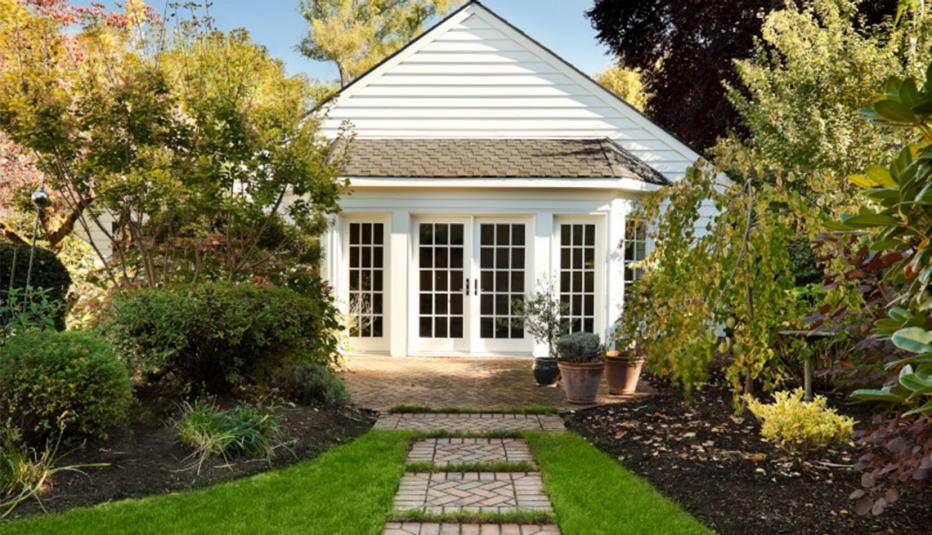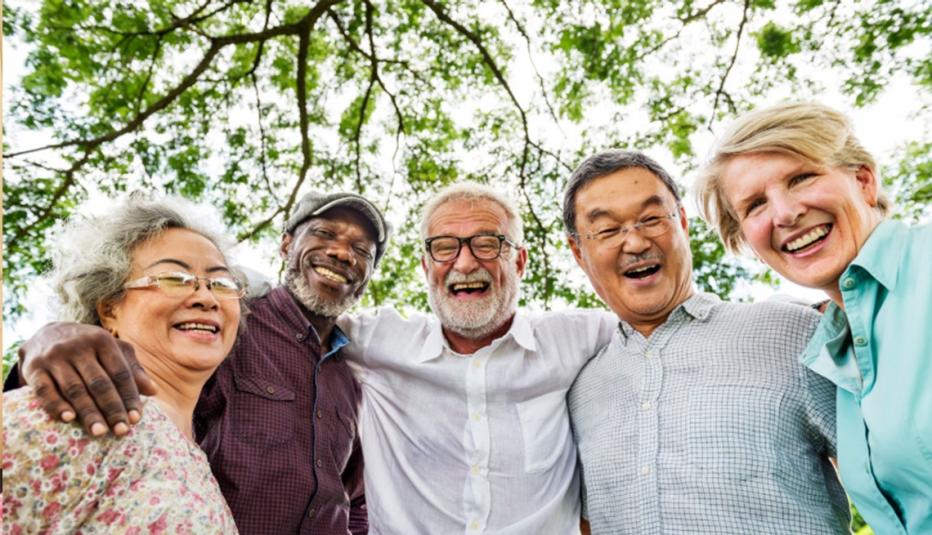AARP Hearing Center
The global pandemic has profoundly impacted our daily routines, our work, and how we interact with family. People have always lived in multigenerational homes, but the drivers have changed with COVID-19 – as have the perceived benefits and challenges.


To get a snapshot of attitudes both prior to the pandemic and during the crisis, AARP partnered with CulturIntel, a data analytics company. It mined information from message boards, topical sites, social media, and blogs to examine digital conversations about multigenerational households.
Economic Drivers Accelerate
More families have merged households for financial survival rather than a desire to connect with each other or improve the quality of their lives, the research shows. About 61% of conversations were about moving into a multigenerational home to offset a difficult situation, such as a job loss or illness (up 76% from before the pandemic). By comparison, only 32% merged households to enhance someone’s situation (down 16%).
Online chats reflected more concern this year about overcrowding, lack of privacy, and other challenges of multigenerational living than data tracked in 2019. In the midst of the pandemic, only 3% of those discussing the topic were focused on positive aspects of the living situation. People may be focusing on the negative aspects because the economic pressure of the pandemic forced them into multigenerational living, the AARP report suggests.
The reasons people of different generations live under one roof, as well as feelings about the situation, vary by culture and region. For example, 50% of Latin Americans and 38% of Asians perceived benefits from living in multigenerational households, compared to just 30% of Americans and 32% of Europeans. The report suggests that Hispanics view living together as an opportunity to have better relationships with the family, a concept embedded in their culture.
In the U.S., social stigma of multigenerational living has been an issue, but less so during the pandemic. Still, once people live together, frictions and psychological stressors emerge.
Limited Options = Greater Likelihood of Challenges
Negative sentiments about multigenerational living have spiked from 34% to 51% from 2019 to 2020 among Americans, who said the current situation is often a burden that takes an emotional toll. Nevertheless, some expressed appreciation for the emotional and financial support while living with others during the pandemic.
Within the U.S., attitudes vary among diverse populations.
African Americans are the least likely of any segment to have positive feelings about multigenerational living during the pandemic, according to the AARP report. About 19% felt living together was a burden or inconvenience pre-COVID, compared to 36% in 2020.
Asian Americans are more positive about multigenerational living than the overall population. They are largely motivated by feelings of obligation. As with other groups, the pandemic has driven a shift in motivation to more external factors such as survival, support, and recovery. While 21% perceived a financial advantage to living together in 2019, more than twice as many – 44% — felt that way during the pandemic. Still, because their motivations tend to be internalized, they maintain a slightly more favorable sentiment about multigenerational living than the overall population.
Meanwhile, it appears that for Hispanic families in the U.S., feelings of love, connection, support, and care are stronger drivers to live together than for other groups. As negative attitudes about the arrangement increased with the advent of COVID-19, they have felt the responsibility weigh on them more severely, AARP finds. Expression of dependency rose from 19% before the pandemic to 34% during the pandemic.
Older Individuals: Needs Grow
More than ever, people ages 50-plus need support and may feel obligated to move in with others to make sure they are safe, even if the conditions are not optimal, the report shows. This situation may increase the emotional toll on them.
Still, the research finds that many people have yet to form an opinion about multigenerational living, indicating a potential opportunity for improving situations in many instances. The discussion trends, in fact, indicate a need for communication and intervention to change the perceptions about multigenerational living. Practical advice could help people minimize the challenges of living together, the report suggests.
Methodology
The CulturIntel research for this report relied on a proprietary algorithm that uses artificial intelligence, Natural Language Processing, machine learning, and big data tools. The process was used to scrape and harvest available open-source digital discussions to discover patterns in sentiment, drivers, barriers, and factors impacting multigenerational attitudes. It defined multigenerational as living with other generations in the same household, living in an accessory dwelling unit, living in the same home with others, living with other family members, or living with strangers.
The research covered 8.2 million relevant conversations between February 1, 2019 and February 29, 2020, and one million between March 1, 2020 and June 23, 2020. About 62% took place on message boards and topical sites; 13% on social networks.
For more information, please contact Joanne Binette at jbinette@aarp.org. For media inquiries, please contact media@aarp.org.



































































